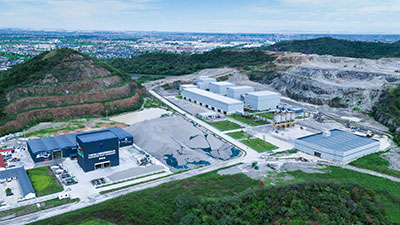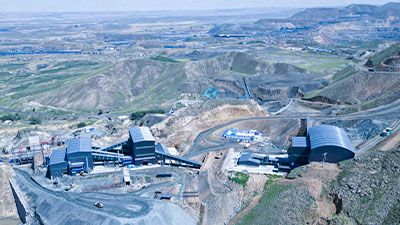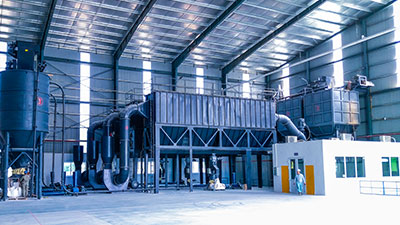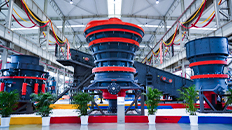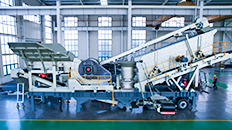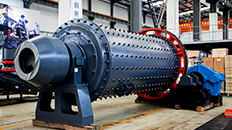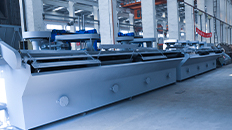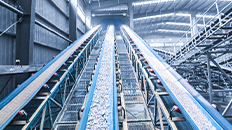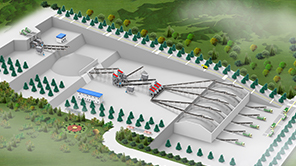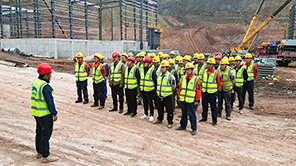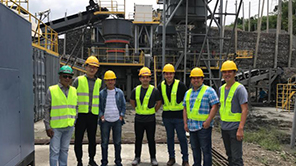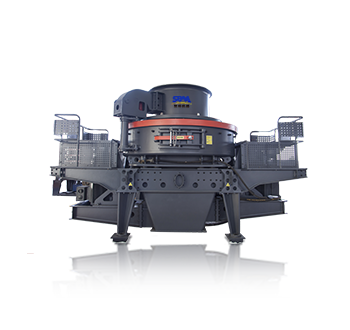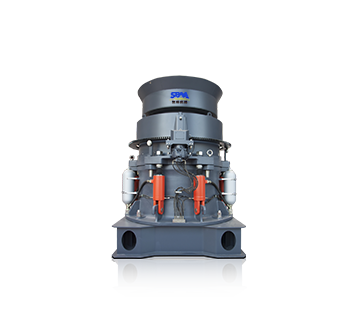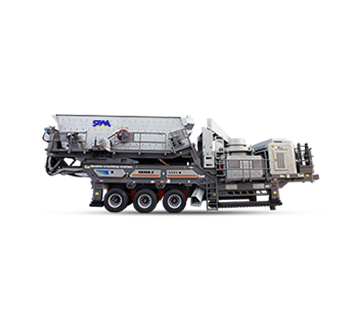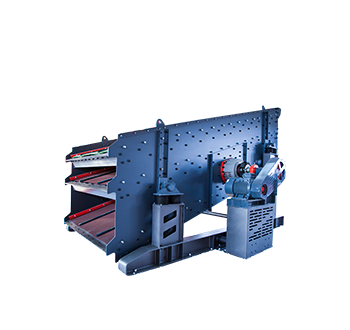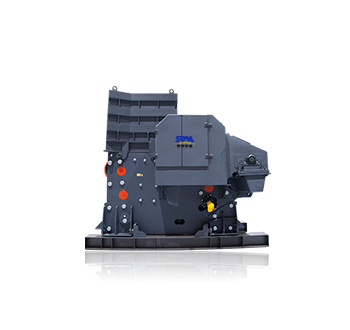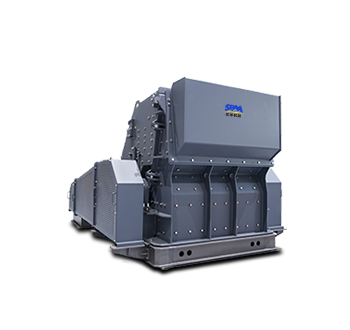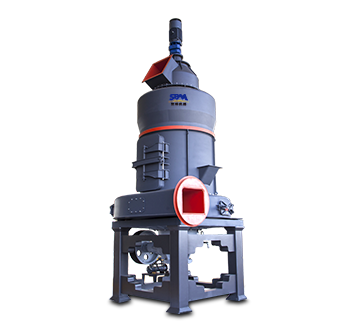Summary:There are many investors intend to invest in sand making machine with the rapid development of the aggregates industry in recent year.
It is necessary to know the sand making process under the hot situation of machine-made sand in the market. As we all know, the process of producing manufactured sand mainly includes dry process, semi-dry process and wet process. Users can produce different specifications of manufactured sand according to different production processes. But there are still many people who are not familiar with these three sand making processes, so next we will introduce you some questions about these processes.



1. What are the advantages of dry process in making sand?
- The water content of manufactured sand made by dry process is generally less than 2%, commercial mortar or dry mortar can even be used directly.
- The content of stone powder in finished sand can be regulated and recycled centrally, and the dust emission can be reduced.
- Dry sand production process can save water resources for not just water (little or no water), but also other natural resources.
- It is important for users to control several kinds of operation with dry process, which is good for realizing automatic management.
- Dry sand production process is unaffected by geography, drought and cold seasons.
2. Why the wet process is used less?
- First of all, wet process requires a lot of water.
- The water content of finished sand is high, so it needs to be dehydrated.
- The fineness modulus of finished sand (by wet process) is coarse, and there may be fine sand loss during sand washing process, resulting in low sand outputs.
- There will be a large amount of silt and sewage in the process of wet sand production, which pollutes the environment.
- Wet process cannot be produced normally during dry, rainy or freezing seasons.
3. Features of semi-dry sand process
Compared to wet sand production process, the finished sand made by semi-dry doesn’t need to be washed, so the water consumption is much less than that of wet process, the stone powder and water content of finished sand can be effectly reduced.
The investment cost of semi-dry sand production process is higher than that of dry sand production process, but less than that of wet sand production process. The content of stone powder of finished sand and operation cost are also between the two.
4. Four, dry, wet, semi-dry sand process, how to choose?
(1) Choose according to production requirement
First of all, users should buy proper sand making machine according to the water resources of the region, the requirements of the powder content and fineness modulus of manufactured sand, as well as the clean degree of raw material.
It is suggested that users can choose dry sand production process first, the semi-dry process can be used as a second option, then wet process.
(2) The cost of production
From the perspective of equipment input cost of sand making plant and processing cost of sand and gravel, as well as the difficulty of sand production management, it is also preferred to choose dry process (then semi-dry sand production process, and finally wet sand production process).
With 30 years’ experience of making sand, SBM has introduced advanced foreign concepts, pushing out the VU Tower-like Sand-making System. The aggregate produced by VU Sand-making System always features excellent quality and the production process produces no sludge, waste water or dust, completely meeting the requirements for environmental protection. It has brought huge benefits and development opportunities for sand, dry mixing, commercial mixing, pipe pile, cement products and other industries.

